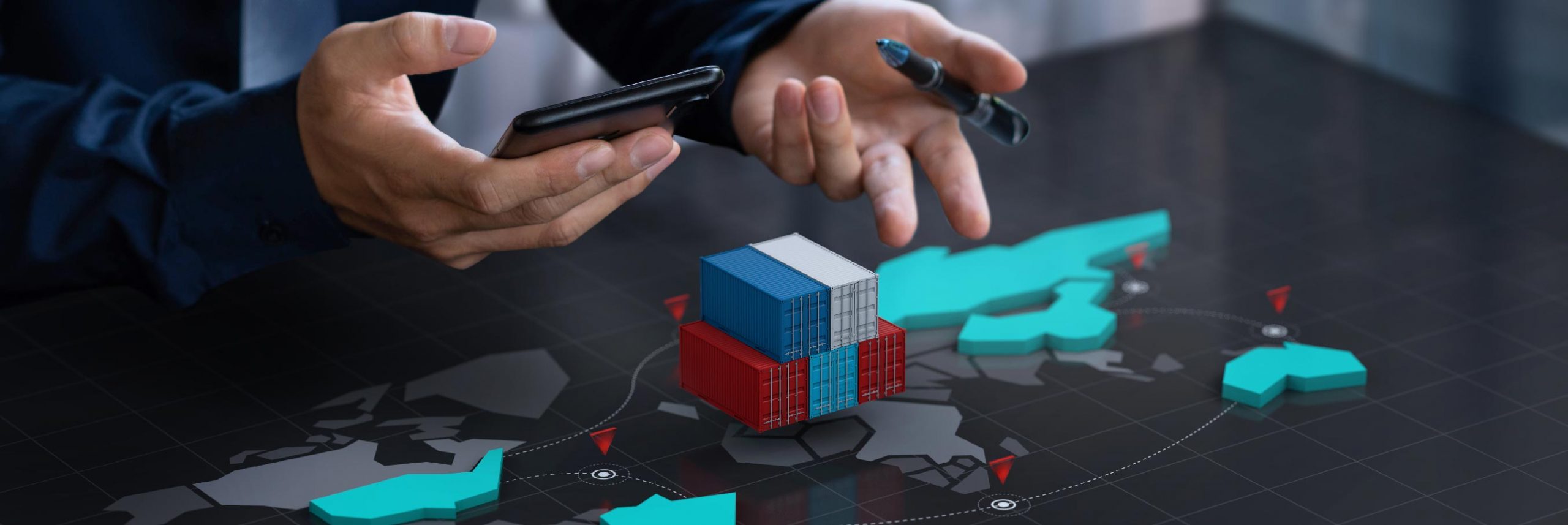
17 Jun Maritime Single Window – The new normal for Maritime stakeholders?
The International Maritime Organization has announced amendments to the FAL Convention which mandates compulsory digitization for all ports worldwide. According to the new amendment, every port is now mandated to have a single window system for digital information exchange between stakeholders on arrival, stay and departure of vessels.
Added to this, public authorities too are mandated to consolidate the submitted information electronically and repurpose it as and when required. Ports worldwide are expected to resort to this mandate on or before 01 January 2024. This means the maritime sector will gradually have to move towards 100 per cent digitisation before the said date and working with a Maritime Single Window will be the new normal. Industry experts consider this as a step towards acceleration of digital trade facilitation in the maritime industry. They believe this measure will fast track digitization measures in ports across the globe and bring order to a rather complex business ecosystem.
Challenges involved in Maritime ecosystem
In maritime business, there are various formalities involved such as redundant administrative work and manual documents exchange. Also, the exchange and visibility of these documents is seen as a major hurdle across the industry. Moreover, exchange of vessel information between the vessel crew and the terminal/port authority itself consumes nearly 40 – 45 hours. The same could vary from one geography to the other. Also, every port lacks a dynamic system to track movement of its container within and outside the ecosystem due to which cargo theft has become more rampant in every single port globally.
What is Maritime Single Window (MSW)?
Maritime Single Window is a concept that enables all the entities involved in the maritime business process to input the data and information for all the stakeholders only once (by using a single point of data entry and storage). Precisely, it is a single point of data entry for documentary requirements and procedures in maritime trade. Moreover, it includes process integration of all stakeholders involved in the process.
Transforming the operations with MSW
With Maritime Single Window, a Shipping Line can inform the terminal/port prior to their departure from the source port and all necessary documents can be submitted in advance to avoid unnecessary waiting time. They will also have a provision to create Vessel and Voyage registration details and allocate VCN against the Voyage registration details online. Also, they can submit vessel certificates online and get approvals from port authority on time. Most importantly, they can request for berth allotment through a digital interface, which will be addressed by the terminal instantly and a berth will be allotted. Also, terminals have a provision to plan vessel berthing with necessary berth allotment leading to better planning for equipment and resources. In addition to all this, every stakeholder will have complete visibility on container movement within and outside the port ecosystem on a real-time basis.
Mandate considering lessons from the COVID-19 pandemic
Undoubtedly, the pandemic has taught an ever lasting lesson for every industry and maritime is no exception. While the coronavirus spread became rapid with container movements from China to the rest of the world, vessel movements were cut-off globally. Moreover, when nationwide lockdown was announced in every single country, the entire maritime supply chain took a halt. Due to this, certain countries did not have enough supply of goods for consumption. Now, IMO has mandated that the respective governments and the public authorities are required to keep ports operational in any unforeseen conditions. This measure will ensure emergency medical and essential supplies will move seamlessly from point to point.
Maritime Single Window – The new normal?
According to a recent study, only 30 percent of the ports worldwide have seriously considered the FAL convention by IMO and adhered to the norms. However, these new amendments being more rigid, industry stalwarts believe that adoption could triple in the next 18 months. If ports begin rapidly utilizing such single window systems, they will witness enormous growth opportunities that will take them to the next level. Most notably, contactless, and paperless trade will never be a thing of the future if a port authority considers deploying a Maritime Single Window System today.

